The benefits are numerous for the parent and the baby. Here are some of them:
Benefits for the parents include:
- Enhanced attachment and bonding (Tessier et al., 1998).
- Resilience and feelings of confidence, competence, and satisfaction regarding baby care (Tessier et al., 1998; Conde Agudelo, Diaz Rossello, & Belizan, 2003; Kirsten, Bergman, & Hann, 2001).
- Increased milk volume, doubled rates of successful breastfeeding and increased duration of breastfeeding (Mohrbacher & Stock, 2003).
- Physiologically her breasts respond to her infant's thermal needs (Ludington-Hoe et al., 2006).
- Profoundly beneficial for adoptive parents with critically ill preterm infant (Parker L, Anderson GC. , 2002).
Benefits for the babies include:
- Kangaroo Care reduces neonatal mortality (Conde-Agudelo et al, 2011).
- Less incidence and severity of infection (Charpak N, Ruiz-Pelaez JG, Figuero de Calume Z, Charpak Y., 1997).
- Accelerated autonomic and neurobehavioral development (Feldman R, Eidelman, 2003).
- Promotes self-regulation in premature infants: sleep wake cyclicity, arousal modulation, and sustained exploration (Feldman R, Weller A, Sirota L, Eidelman A., 2002).
- Consistently high and stable oxygen saturation levels, lower airway resistance, fewer apnea episodes, and an increased percentage of quiet sleep (Ludington- Hoe, Ferreira, & Goldstein, 1998).
- Stable temperature within normal thermal zone, heart rate, and respiratory rate (Ludington-Hoe et al., 2010).
- Reduced crying associated with painful procedures (Kostandy R, Ludington-Hoe SM, 2008).
- Breast milk is readily available and accessible, and strengthens the infant's immune system.
- The maternal contact causes a calming effect with decreased stress and rapid quiescence (McCain, Ludington-Hoe, Swinth, & Hadeed, 2005; Charpak et el., 2005).
- Reduced physiological and behavioral pain responses (Ludington-Hoe, Hosseini, & Torowicz, 2005).
- Increased weight gain (Charpak, Ruiz-Pelaez, & Figueroa, 2005).
- Enhanced attachment and bonding (Tessier et al., 1998).
- Positive effects on infant's cognitive development (Feldman, Eidelman, Sirota, & Weller, 2002).
- Less nosocomial infection, severe illness, or lower respiratory tract disease (Conde-Argudelo, et. al., 2003).
- Restful sleep (Ludington-Hoe et al., 2006).
- Earlier hospital discharge (London et al., 2006).
- Possible reduced risk of sudden infant death syndrome (SIDS) (see www.infactcanada.ca).
- Normalized infant growth of premature infants (Charpak, Ruiz-Pelaez, & Figueroa, 2005).
- May be a good intervention for colic (Ellett, Bleah, & Parris, 2002).
- Possible positive effects in motor development of infants (Penalva & Schwartzman, 2006).
- The critical stimuli to which the baby is exposed during KC are:
Vestibular: the chest movement of the breathing of the parent, and walking if allowed
Tactile: the skin and natural warmth of the parent on the bottom (chest), on the sides (breast of mother), and the back
Olfactory: the scent of the parent and the maternal breast milk.
Auditory: by the voices and heartbeat of the parent.
To purchase the electronic file of the poster "Science behind KC" click here
Poster Presented at Graven's Conference:The Science Behind Kangaroo Care
By Yamile Jackson, PhD, PE, PMP and Barbara Weaver, CCRN
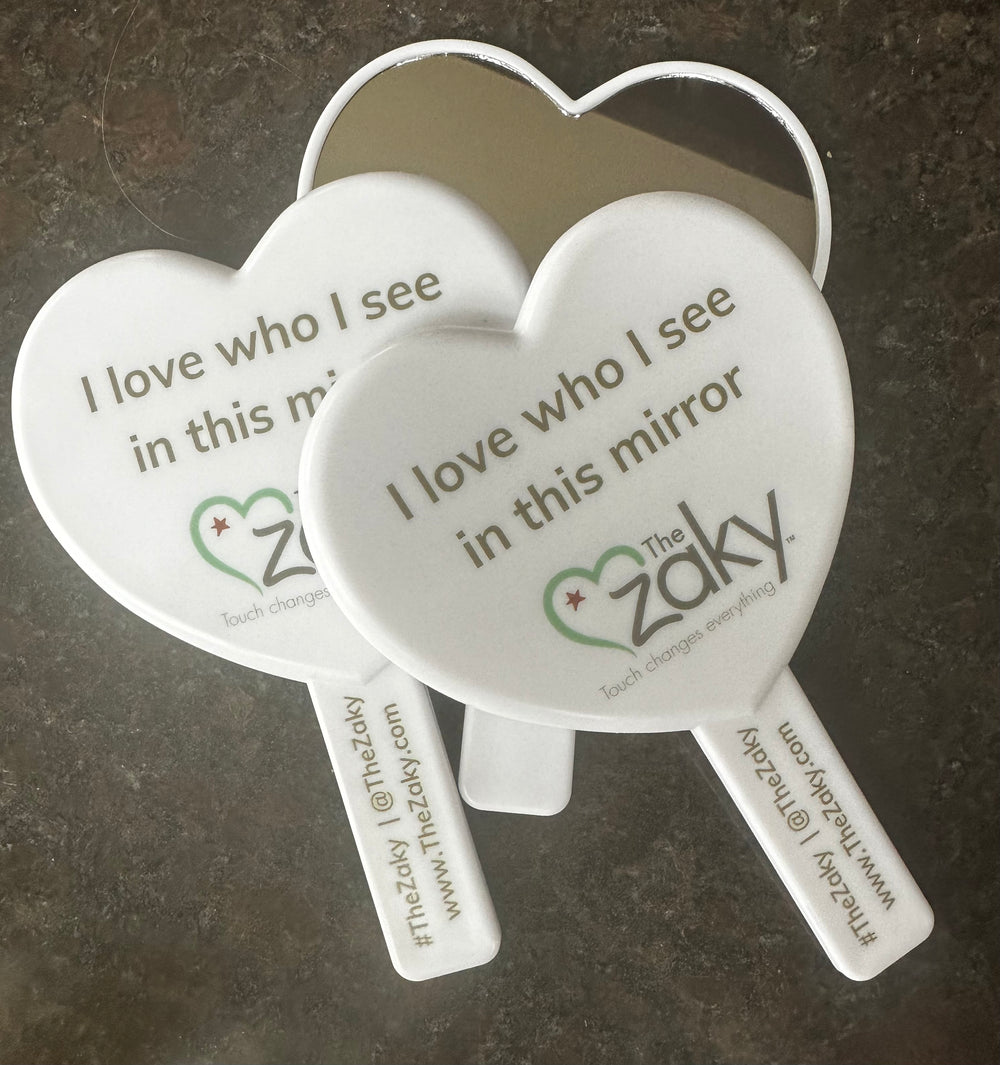
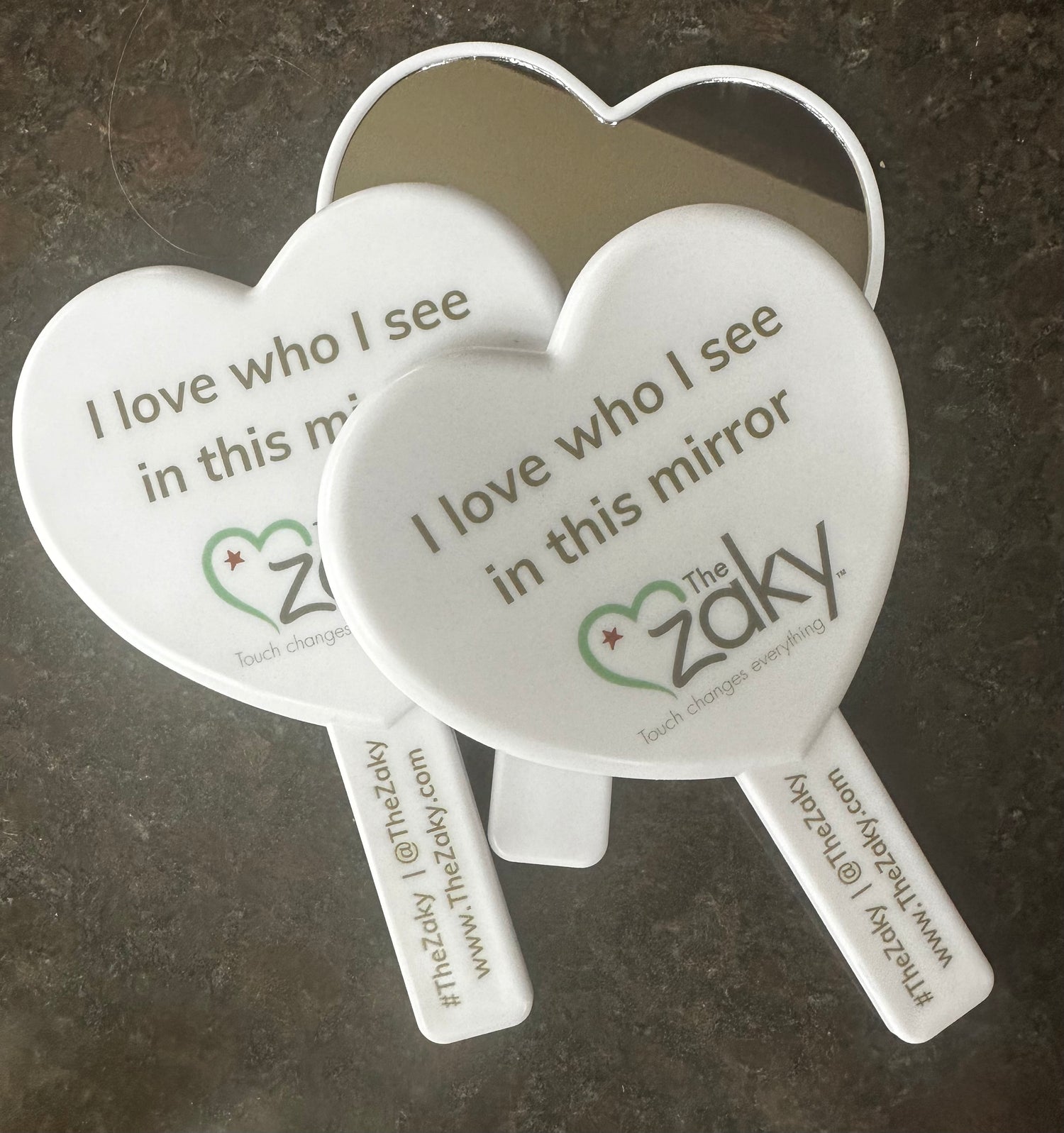

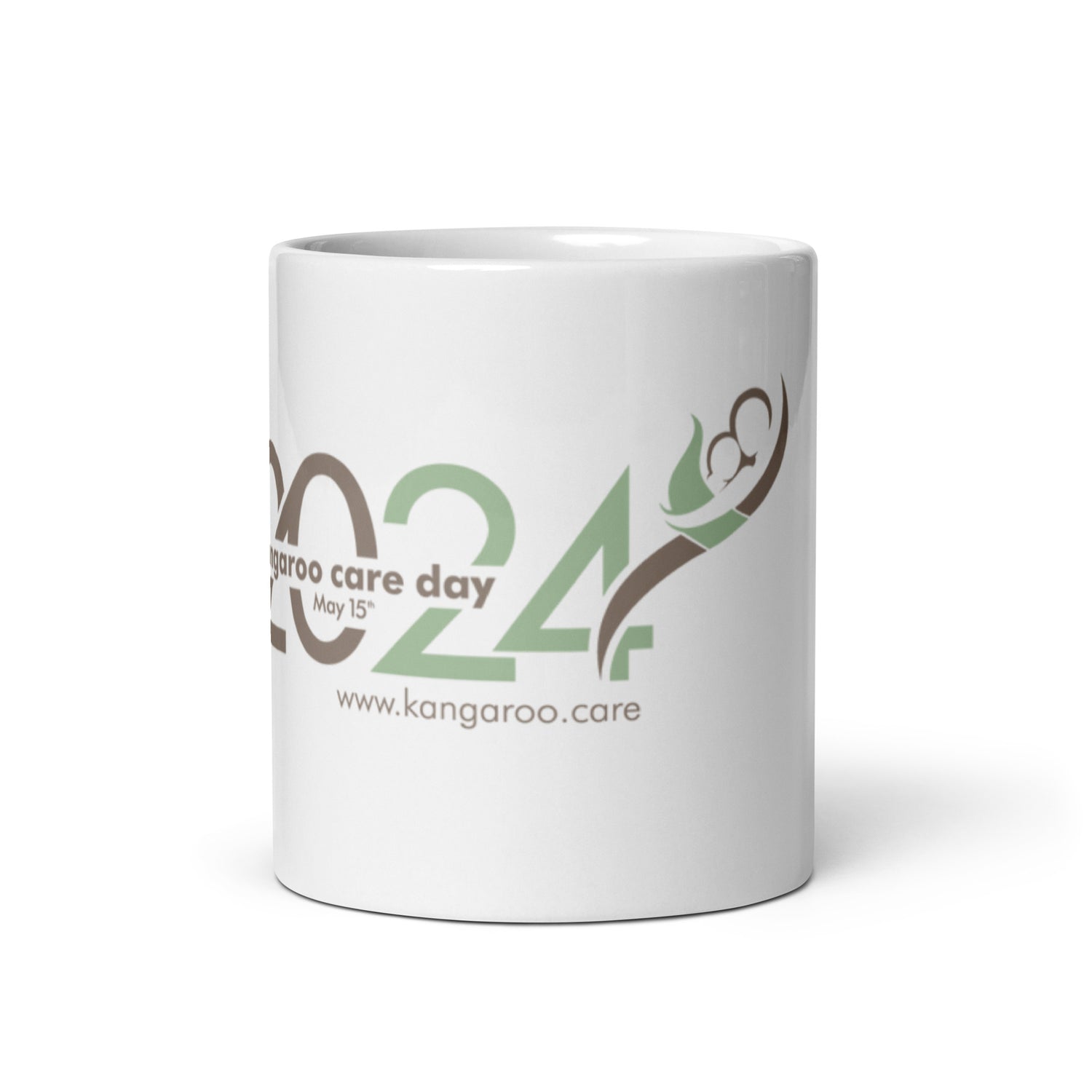
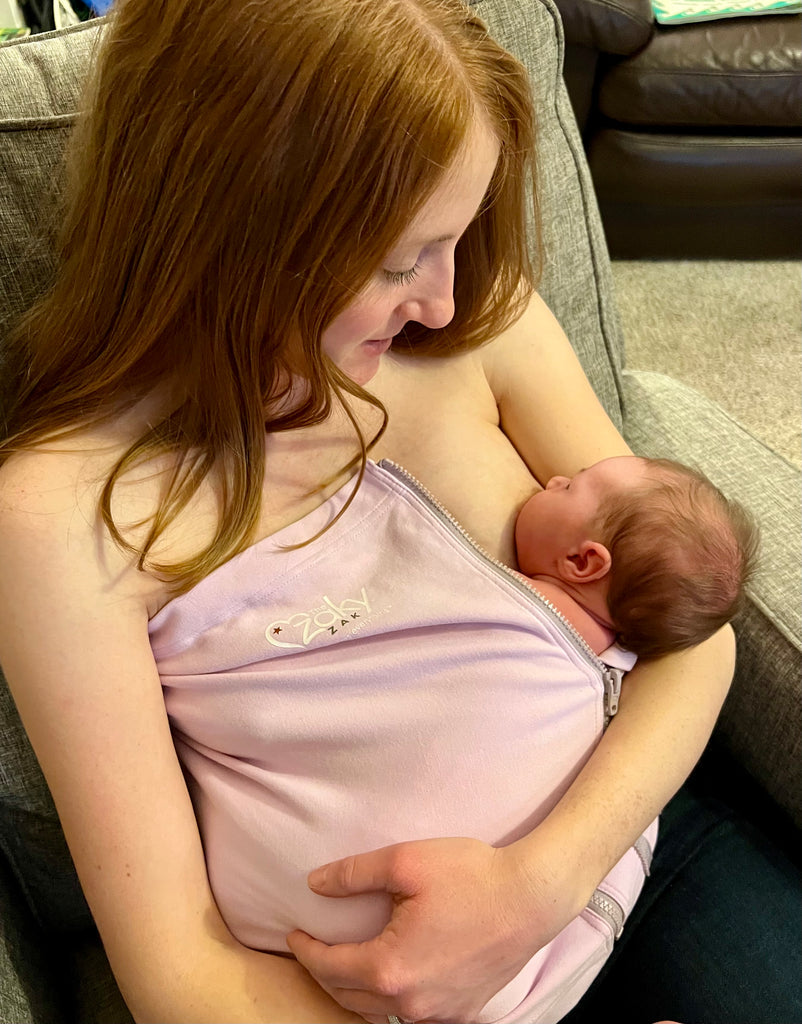
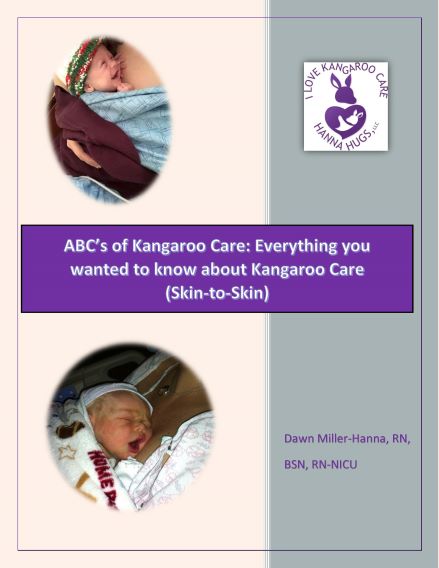
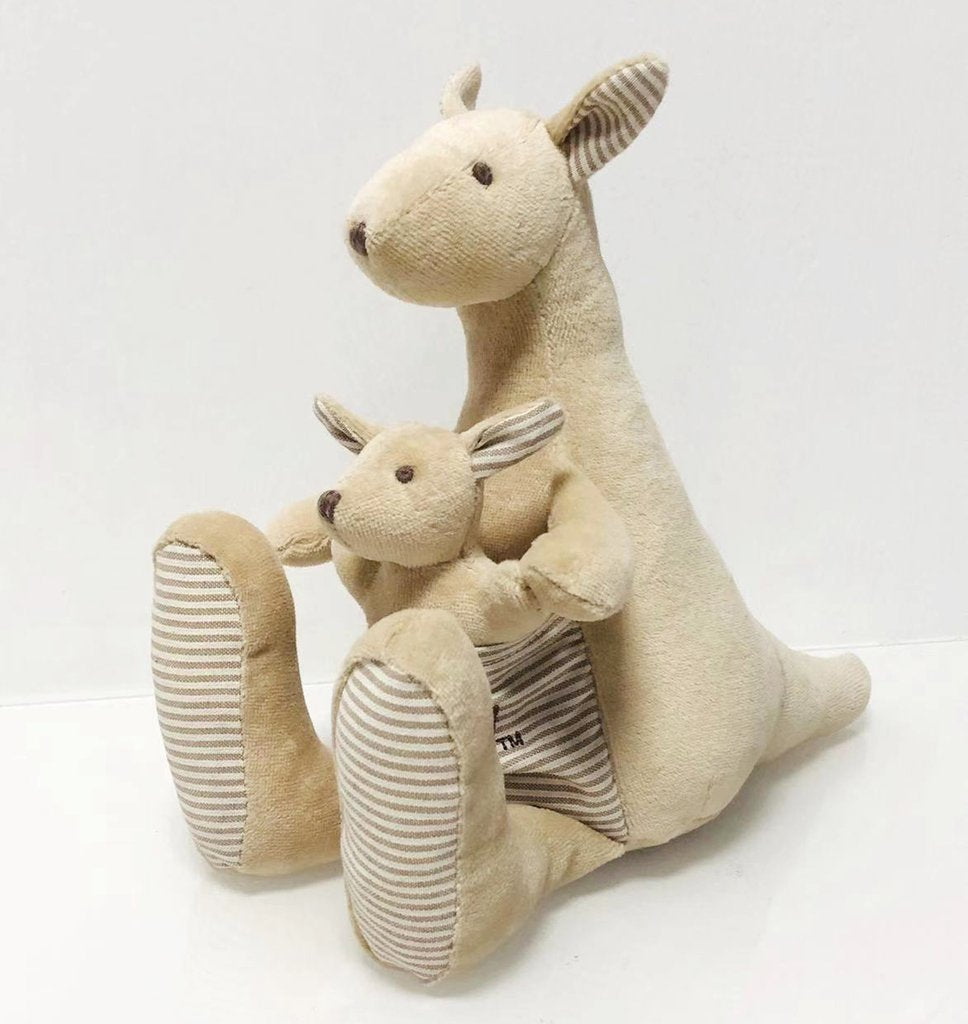
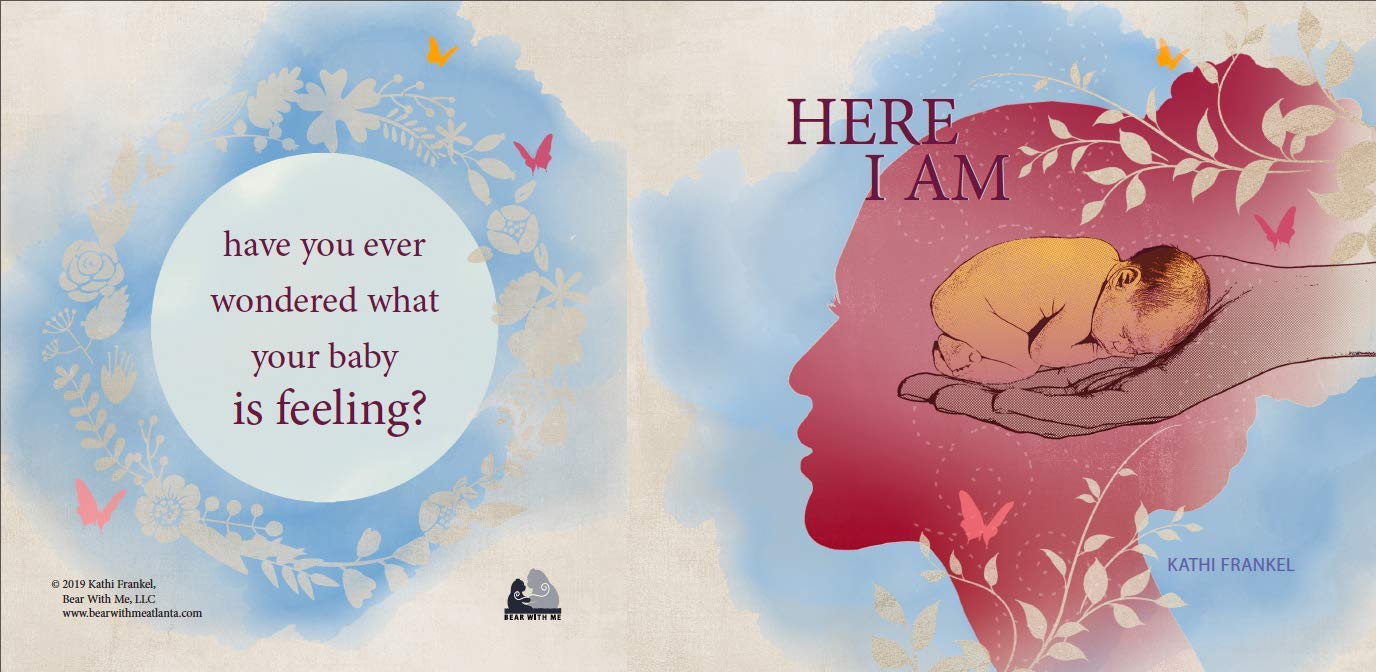
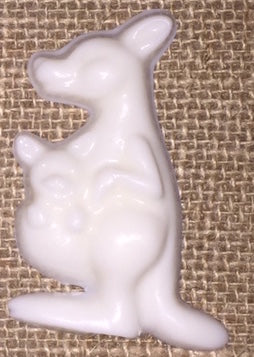



Comment (1)
Is this poster available for purchase? Would love to get one to hang up in our NICU